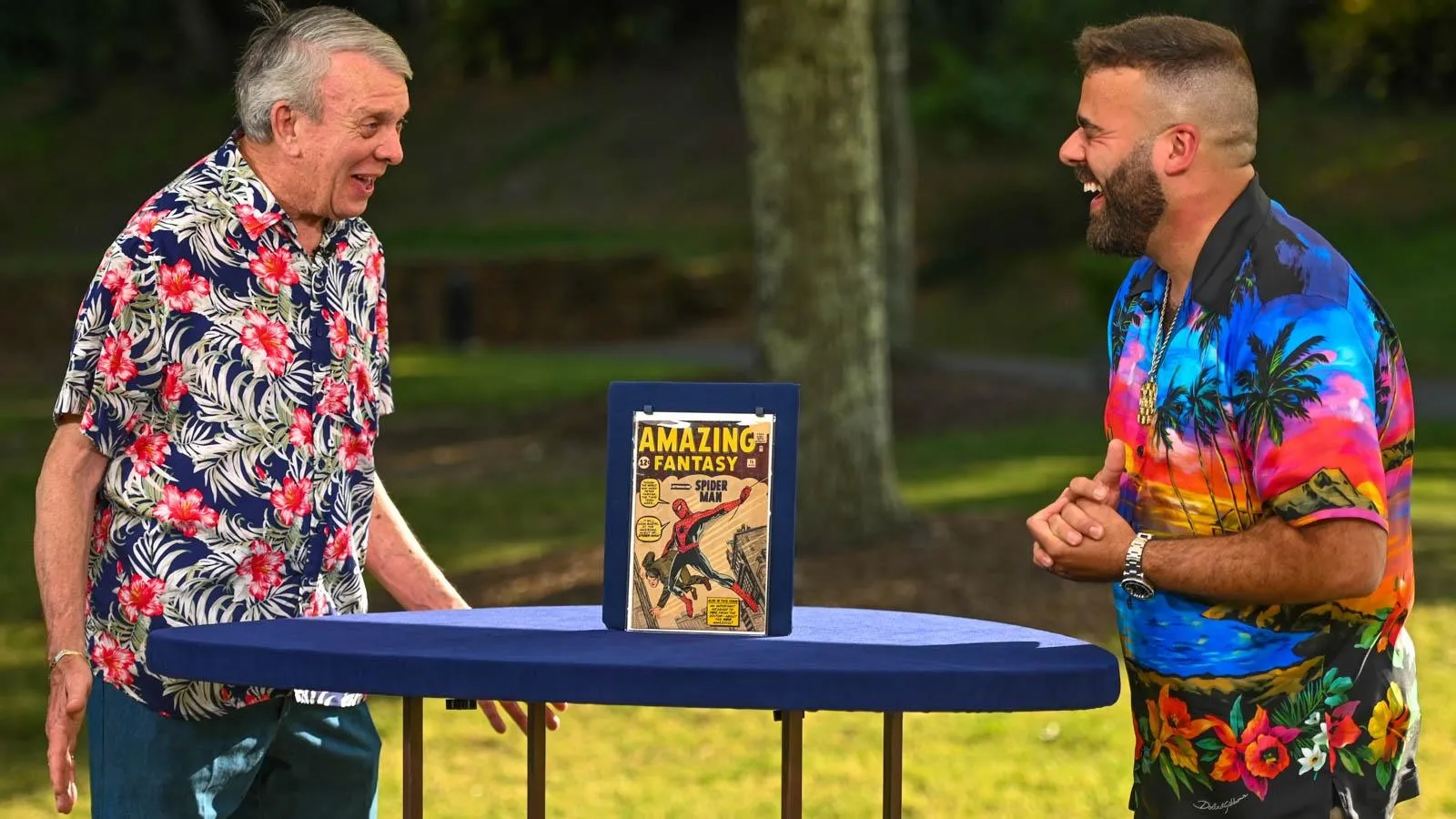GUEST: I brought a poster of the original Madison Square Garden. I believe it was built in 1879. I got it at an auction seven years ago in Lafayette, Indiana. I collect vintage posters, and I've never seen anything like it. So the event, I did a little research. It's a six-day race, and it was kind of a thing back then, which went away a few years later. So not too many people know about it.
APPRAISER: It's one of the things that when I saw, I thought, seems like a little too good to be true. Randomly, I was at a convention of the Ephemera Society of America a few years ago, and the theme of the convention was sports. And the speaker after me was talking about this thing I had never heard of before called competitive pedestrianism. And in the 1870s and 1880s and 1890s, apparently it was such a huge craze that it, it captivated the world, both in England and in America. And this piece is advertising one of the events in 1882 at Madison Square Garden. So for six days, 144 hours, men-- and in different events, women-- would walk around the track basically without sleeping for six days to see how far they could go. Over 530 miles they could do. It was extraordinary. Apparently, it was rife with gambling and fixes. There are some accounts of this 1882 event, and we know that the star pedestrian was a champion, the long distance world champion named Charles Rowell. And if you look closely at his belt, it says "Long Distance World Champion." Rowell, who went in as the world champion, ended up dropping out of the race, and George Hazel won. And as I mentioned, both that this was a hub of wagering and that it was phenomenally popular, people would rush the track. And so you have men guarding the track. Madison Square in New York City was first electrified in 1880. I found that Madison Square Garden installed 30 electric lights. So it's a history of technology poster also.
GUEST: Mm-hmm.
APPRAISER: Also, Madison Square Garden was heated, right? This is February and March-- it would've been very cold. So it's a very early example of that happening. So this was a stone lithograph. And around the same era, in the early 1880s, the, the technique of chromolithography really became much more prevalent. And chromolithography was a technique by which printers could very affordably accurately recreate print images in multiple colors. But this was prior to that. That's why the colors here are so muted and, and not so prominent. So the lithograph was printed by the Mayer, Merkel and Ottmann Lithograph Company in New York. And it's hard to say how many were printed. Usually with a lithographic stone, we could expect probably between 250 and 500, I would think, before the stone wore out. So these would have been put up around the city. They likely might even have been sold after the event as commemoratives, but they were not the kind of poster that would have been glued up to, you know, lampposts or put up on, onto hoardings.
GUEST: Mm-hmm.
APPRAISER: They were small enough that they would have been visible in stores or windows. How much did you pay for it?
GUEST: I paid $400. Without the frame.
APPRAISER: There's no record of this existing. Not being able to find an example of this online, it's very hard to put an estimate on it. But in talking to some of my colleagues, both at the sports table and the collectibles table and at the historical prints table, we feel that at auction, conservatively, this would sell for $2,000 to $3,000.
GUEST: Oh, wow-- that's more than I thought.












